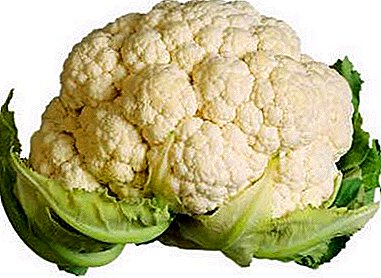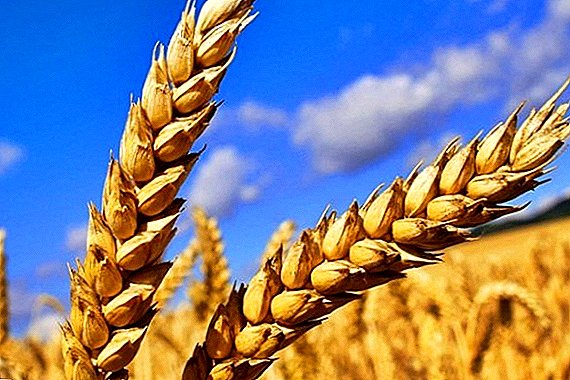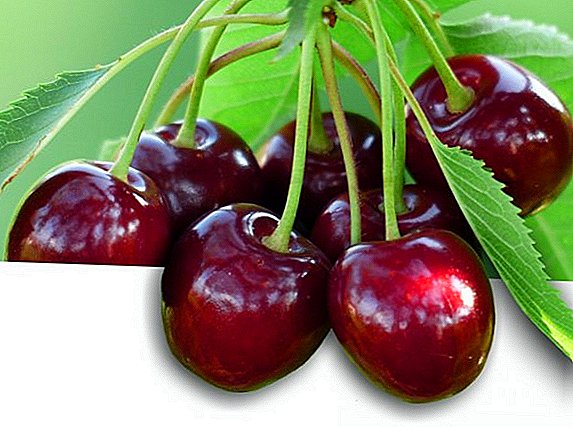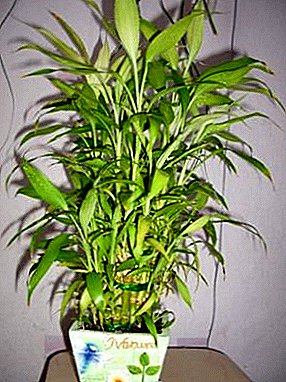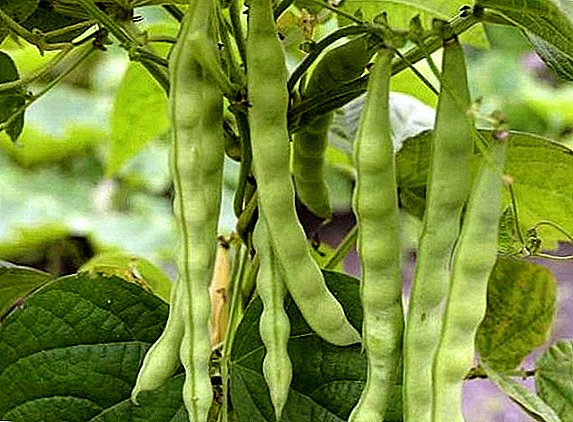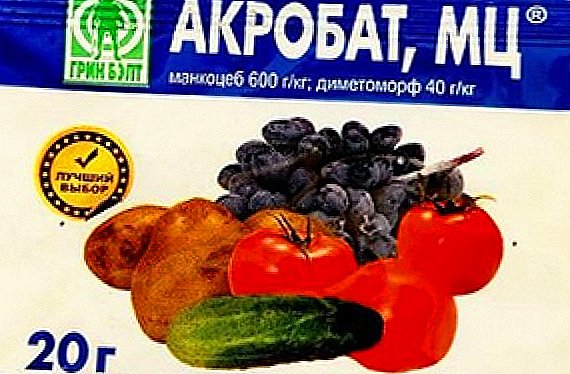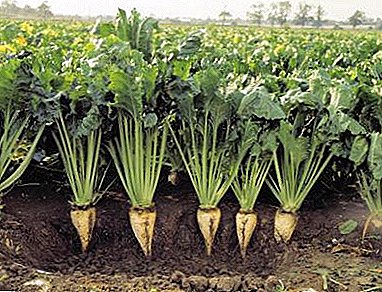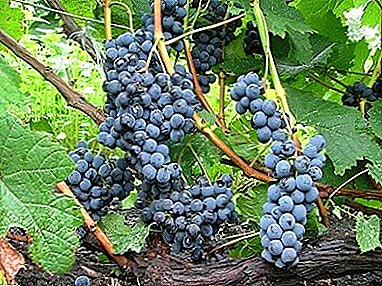
The Alfa grape variety is often confused with Isabella due to the external similarity of the clusters. However, these are two completely different varieties.
Isabella grows in the southern regions, while Alpha is zoned in the middle climatic zone.
This variety is often used by owners of private houses and summer cottages for landscaping, because of the uncovered varieties Alpha is one of the most tall and resistant to cold, along with Amethyst Novocherkassky.
What kind is it?
 Alpha variety can be attributed to the technical grades of black grapes. Merlot and Levokumsky belong to this type. As already mentioned, it is often used as a landscaping plant for balconies, arbors, walls.
Alpha variety can be attributed to the technical grades of black grapes. Merlot and Levokumsky belong to this type. As already mentioned, it is often used as a landscaping plant for balconies, arbors, walls.
It is very often found in the region of northern viticulture, along with varieties such as Vityaz and New Century. From the berries of this variety make a good wine that is as saturated as possible after 2 years of aging, while acquiring a brownish tint.
Old wines retain their aroma well, with a lot of sediment.
Alpha is often used in the manufacture of blending wines, it goes well with Isabella Riparia. For blend also often use these varieties: King, Asya and Romeo.
Grapes of this variety ripens in mid-September - early October, depending on the place of landing. From the moment when the buds began to bloom, an average of 145-150 days elapse before harvest. The same maturity can boast of Pinot Noir grapes. The sum of active temperatures should be at least 2800 degrees Celsius.
Description of the Alfa grape variety
Vine. Alpha leaf is large, has three blades, weakly dissected, with long and sharp ramifications. The lower cuts are missing, while the top cuts are open and have the shape of an incoming angle. The alpha chereshkovaya groove is deep, with a sharp, rounded bottom. Flower This variety is bisexual. The same trait possess varieties Amethyst and Ataman.
Berry. The bunch at this grade has a cylindrical, less often - the cylindroconical form, density is average. Alpha berries are black, with overflow purple or brown.
The size of the berries may vary depending on the cultivation region and natural conditions, most often they are of medium size. Almost always they are coated with a touch that feels like wax. Pulp slimy, taste sweet and sour and very mediocre.
A photo
Photos of grapes "Alpha" see below:





Breeding history and breeding area
Alpha variety was bred from the bushes of wild grapes in the US state of Minnesota. Of the American varieties known to us can still be noted Witch Fingers and Cardinal. At first this plant was brought to Odessa. In 1948, Alpha bushes were taken by plane to the Brest region, where the Vinogradar state farm was established, which was of key importance in the Stalinist plan for changing nature.
Since then, Alpha has spread throughout almost the entire territory of the USSR, especially in the northern wine-growing regions.
Specifications
Alfa is characterized by good maturing, strong growth and high yield. From one hectare it is possible to collect from 150 to 180 centners of berries, depending on the growing region and other conditions. Such indicators can boast varieties Anyuta and Victoria.
A characteristic feature of this variety is its high frost resistance, no worse than that of Blagovest and Concorde Russian.
 It was she, as well as the ability of bushes to intensive growth that contributed to the fact that Alpha has become an extremely popular variety for landscaping.
It was she, as well as the ability of bushes to intensive growth that contributed to the fact that Alpha has become an extremely popular variety for landscaping.
Very often it is used as a stock for less resistant to frost grape varieties. Alpha is easy to care for.
Spring pruning should start before the sap flow, otherwise the vine will "cry", losing the necessary substances for normal growth.
Diseases and pests
This grape variety is characterized by its increased resistance to fungal diseases. The rest of the Alpha is also prone to pests and diseases, like other varieties. Consider the main pests affecting grapes:
- Grape flea. It is an insect resembling a cockroach, up to 4 mm long. Grape flea individuals jump from leaf to leaf, gnawing shoots and feeding on the juice of young leaves.
They lay eggs a few dozen pieces at a time, from which larvae gnaw through holes in the leaves. To destroy this pest insecticides used, among which Fufanon, Karbofos.
- Grape mosquito - small insect (size up to 2 mm). The plant is harmed by its larvae, which bite into the pulp and leaf veins.
In places where the pest has penetrated, swellings (galls), resembling warts, are formed. A grape mosquito can also be controlled with insecticides.
- Grape crib. This is a sedentary parasite that feeds on plant sap. It is fixed on the leaves and shoots, and remains there until the end of life.
It is difficult to fight with adult individuals of the grape pillow, as it forms around itself a protective cocoon in the form of a white cannon, which prevents pesticides from reaching the insect.
In order to get rid of the grape cushion, in the spring the vine is treated with Nitrafen or Preparation 30. If the bushes are few, the parasite can be removed mechanically (manually). To do this, just wear a glove and pull the pillow from the shoot. The problem will be solved if you do it periodically.
- Wasps. They are damaged by ripe berries, in which fruit fruit grows later and rot develops. To fight them insecticides usedand also set special odor traps.
 In addition to pests, grapes are often affected by the following diseases:
In addition to pests, grapes are often affected by the following diseases:
- Anthracnose. Fungal disease. It affects the leaves and shoots and manifests itself as brown spots on the berries and the vine.
A very common and dangerous disease, causing great damage to the growers.
Anthracnose should be sprayed with fungicides (Antracol, Bordeaux mixture, Ridomil, etc.);
- Mildew. Sometimes referred to as downy mildew. The most harmful disease. Fungus, manifesting itself in the form of mealy plaque. This disease can also be managed with the help of fungicides.
Often, chlorosis, oidium and various types of rot can threaten grapes. It is not easy to fight them, but it is easy to take the necessary preventive measures. More information can be found in the articles on the site.
Alpha is an excellent variety for landscaping, as well as for the production of table wine, along with varieties such as Ruta and Pearl. It is very resistant to frost and does not require much attention.



